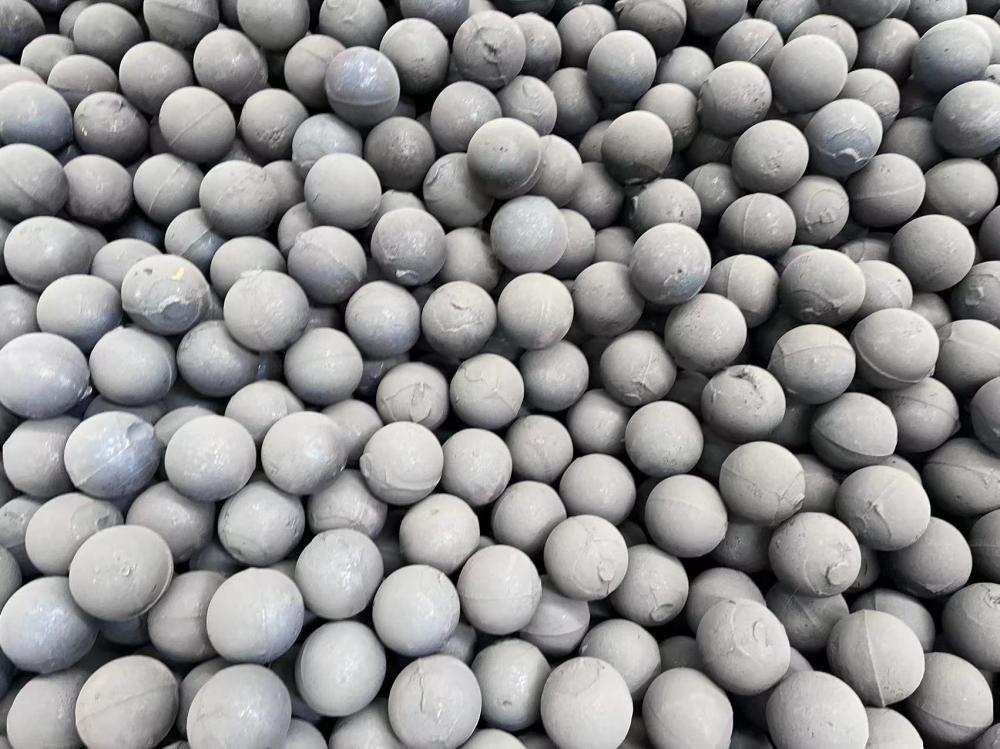To ensure proper installation, fix the unthreaded end of the countersunk bolt from the expansion bolt to the top plate. Make sure the centerline of the countersunk bolt aligns with the midpoint of the top plate for stability and even weight distribution. The top plate can be customized into various shapes depending on your needs. If it’s supported by a steel pipe, you can shape it into a groove to better fit the structure. It’s important to prevent the bolt from rotating when tightening the nut. To achieve this, hexagonal head screws are welded to both sides of the hex nut. Although the solder joints are small, they must be strong since they will experience significant shear force when supporting heavy loads.
If a suitable screw isn’t available, a steel bar can be used as an alternative. However, using a proper screw is always preferable because it offers better grip, requires less effort to turn, and provides a more comfortable user experience. Before final assembly, use a grinder or angle grinder to smooth the solder joints, base, and top plate to avoid any potential finger injuries during operation.
For repeated use or when dealing with heavier loads, consider quenching the screw nut and expansion tube. Be careful to heat them evenly without exceeding safe temperatures to prevent damage to the internal threads. After quenching, apply some lubricating oil to the countersunk bolts and nuts. Then, screw the nut onto the bolt and insert it into the expansion tube. Place a flat washer between the nut and the expansion tube to ensure a secure connection.
Once assembled, your simple and practical screw jack is ready for use. When in operation, place the top plate into the groove of the channel steel. If there’s a significant height difference, you can position a wooden block under the bottom plate to level it. Adjust the channel steel by turning the hex nut. Each full rotation of the hex nut raises the channel steel by a set amount, reducing the number of adjustments and level readings needed, thus improving overall efficiency.
You can create different sizes of screw jacks by using various sizes of expansion bolts, allowing flexibility to meet different component requirements. While the production and usage methods are similar, keep in mind that the bolt pitch may vary depending on the size. Always ensure proper alignment and secure fastening to maintain performance and safety.
Abrasives That Wear Well
High chromium steel ball features:
1. High chromium steel balls have a high hardness, usually between 60-66 HRC, which makes them have good wear resistance and pressure resistance.
2. The hardness of high chromium steel ball makes it have excellent wear resistance and can maintain a long service life in a wear environment.
3. High chromium steel ball has high tensile strength and compressive strength, and can withstand greater external force.
4. High chromium steel ball has good corrosion resistance and can be used for a long time in acid and alkali environment.
5. High chromium steel ball has good high temperature stability and can maintain good performance in high temperature environment.
6. High chromium steel ball has a good surface finish, which can reduce friction resistance and energy loss.
7. The production process of high chromium steel balls is relatively fine and can achieve high precision requirements.
8. The low wear rate of high chromium steel ball enables it to maintain good performance for a long time.
9. The manufacturing process of high chromium steel ball makes it have good balance and can maintain stability in high-speed rotation or vibration environment.
10. High chromium steel balls have good plasticity and can be formed and processed by cold working or hot working.

Abrasives That Wear Well,Alloy Chrome Steel Ball,High Hardness Alloy Steel Ball,High Hardness Cast Steel Ball
Xuzhou Surun wear-resistant material Co., LTD , https://www.suruntools.com
